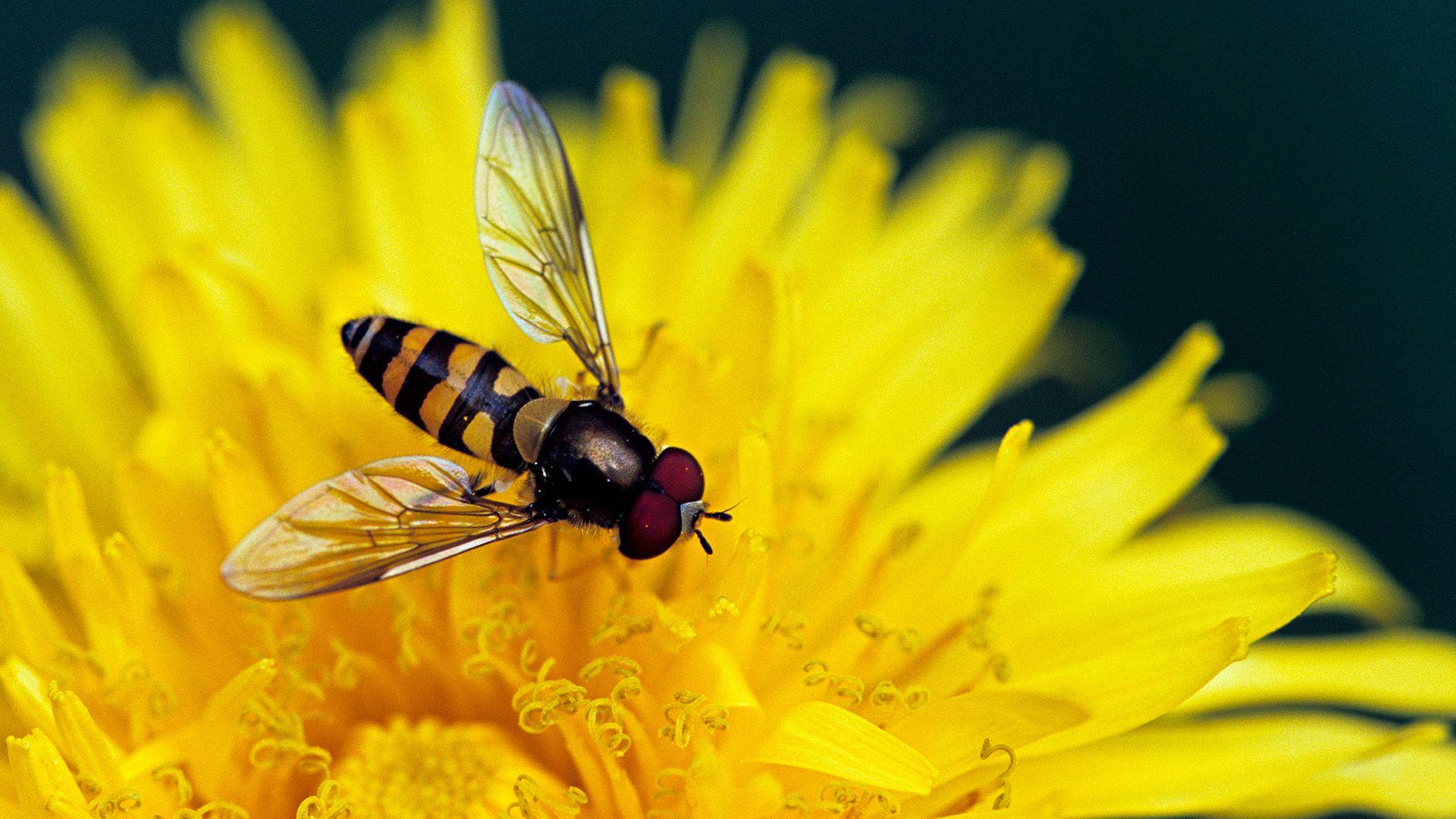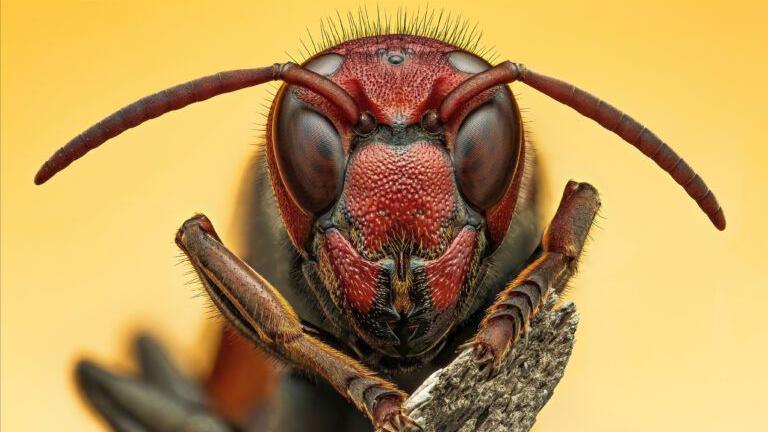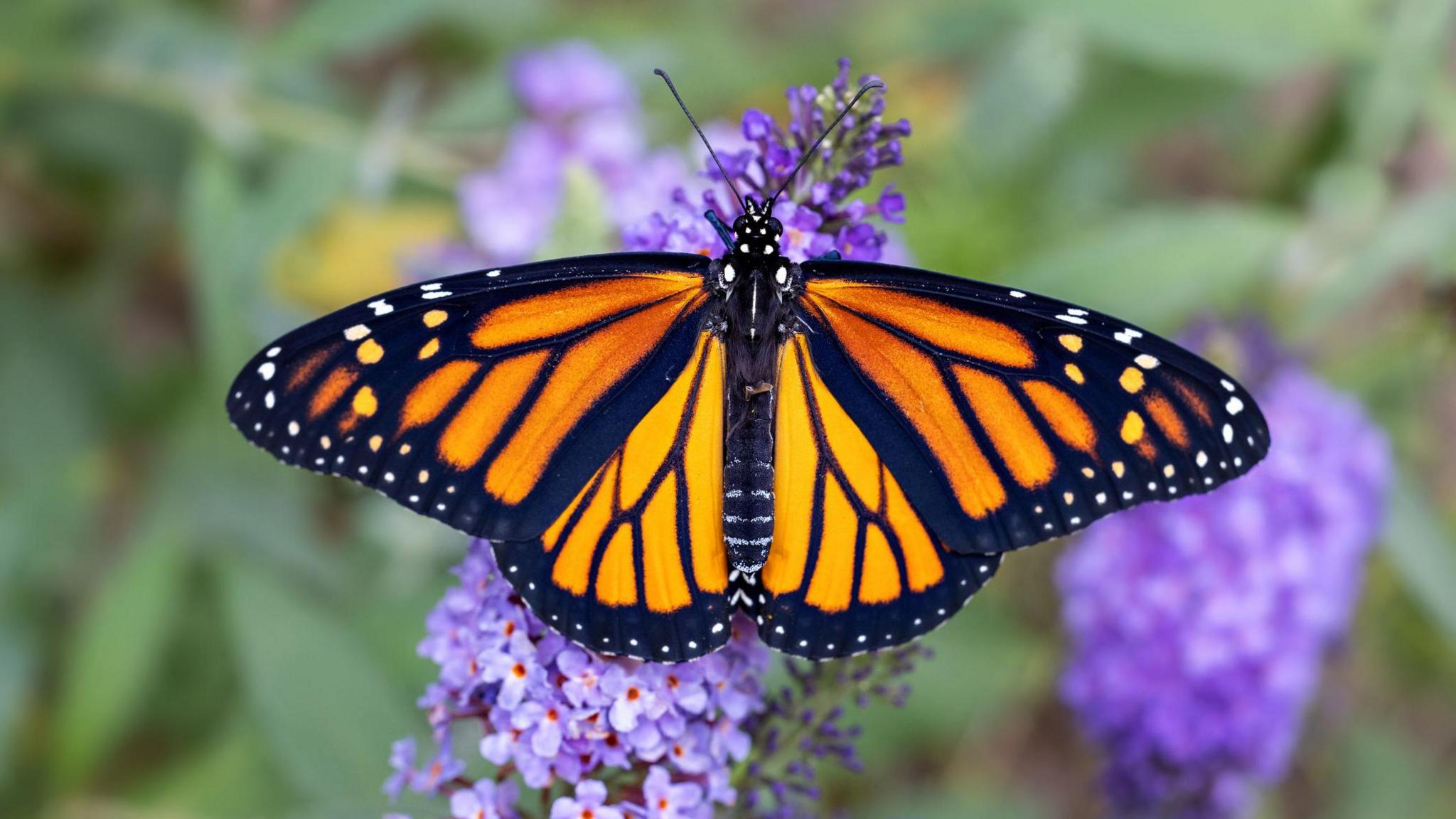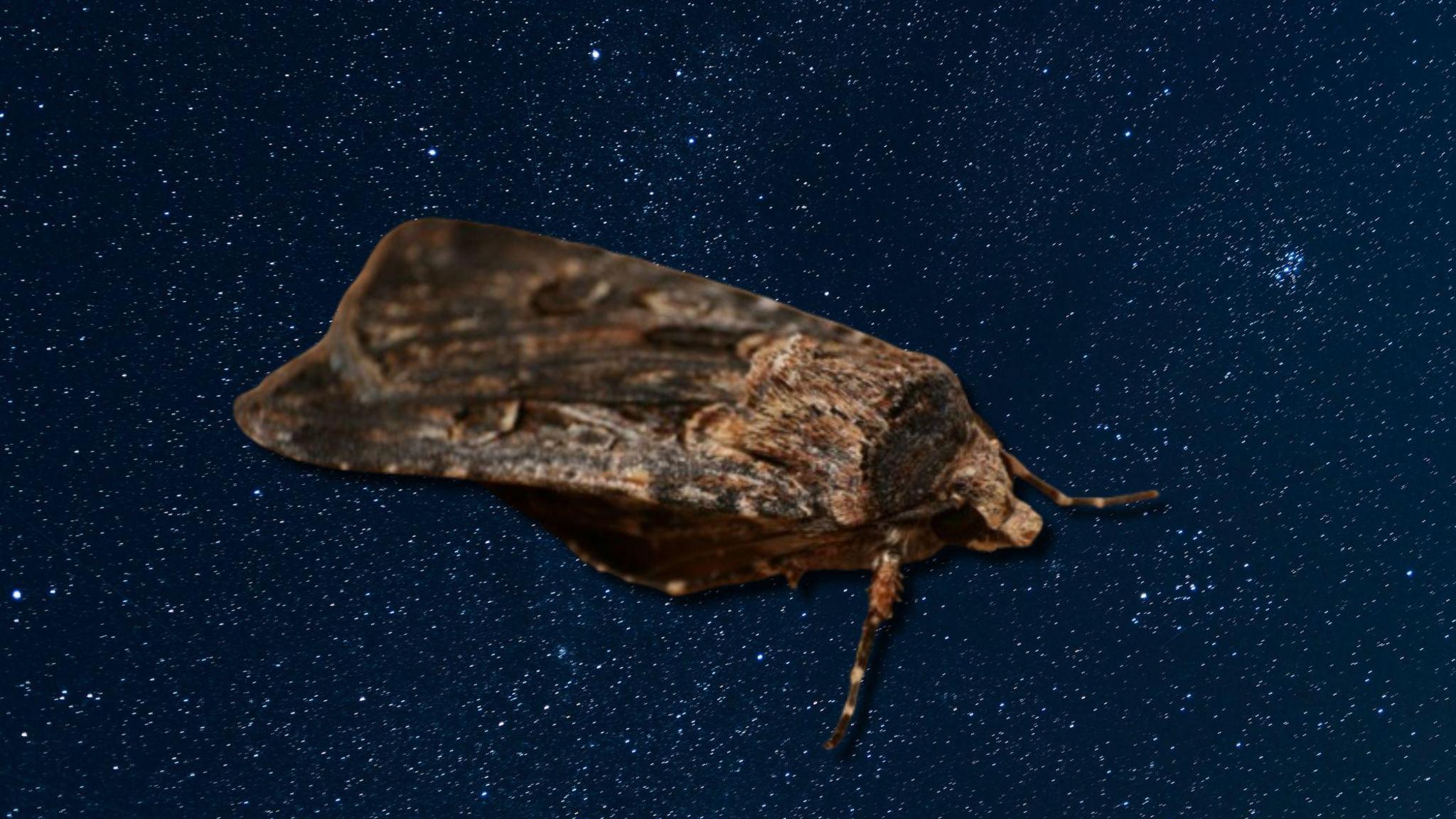Critters and their cunning disguises

Ahh! Wasp! Actually...it's a hover fly
- Published
Have you ever been freaked out by a flying black and yellow insect thinking it was a wasp before realising it's actually a hoverfly?
We've all been there but did you know this case of mistaken identity is a natural phenomenon known as Batesian mimicry.
It's when a harmless species evolves to look just like a harmful species so predators a fooled into avoiding them.
A team of scientists at the University of Nottingham have been looking at how some species do this by creating 3D printed models.
Keep reading to find out more!
More about critters this way
- Published26 June
- Published17 June
- Published4 days ago

A wasp (right) next to its 3D printed counterpart (left)
By creating 3D printed models, the scientists could play around with shapes, colours, patterns and sizes to see what made a good mimic.
They then compared the response of the predators of the insects they printed to look at how they responded to each one.
They found that colour was a very important feature of what made a successful mimic. Sometimes size was also important.
Researchers also found the insect could get away with being less accurate around spiders compared to birds.

Dr Tom Reader, one of the scientists working on the study said:
"As an evolutionary biologist you are constantly trying to understand something that happened in the past, and without a time machine you can't know how a hoverfly ended up like it did.
"These techniques enable us to visualise and recreate life-size full colour models of what ancestors or future descendants of today's hoverflies might look like and to then ask real predators, such as birds and spiders - what do you think about these characteristics that might have been present in the past or future?"
- Published28 February

- Published4 April


